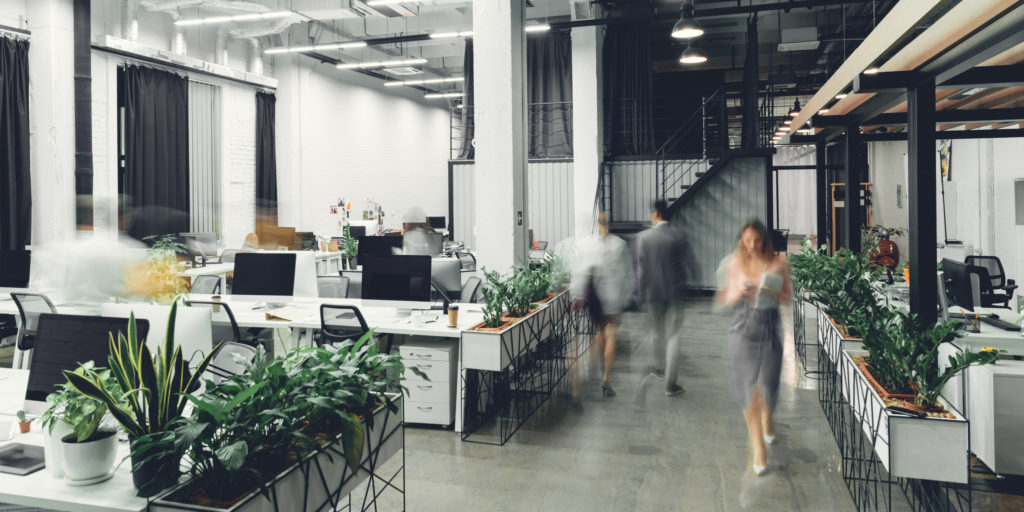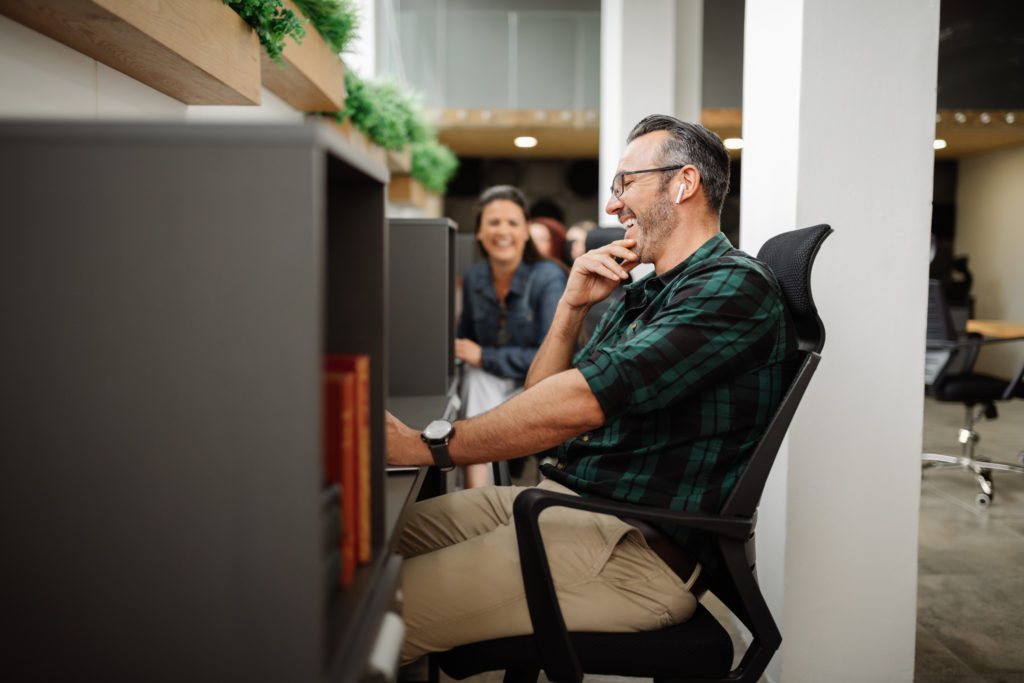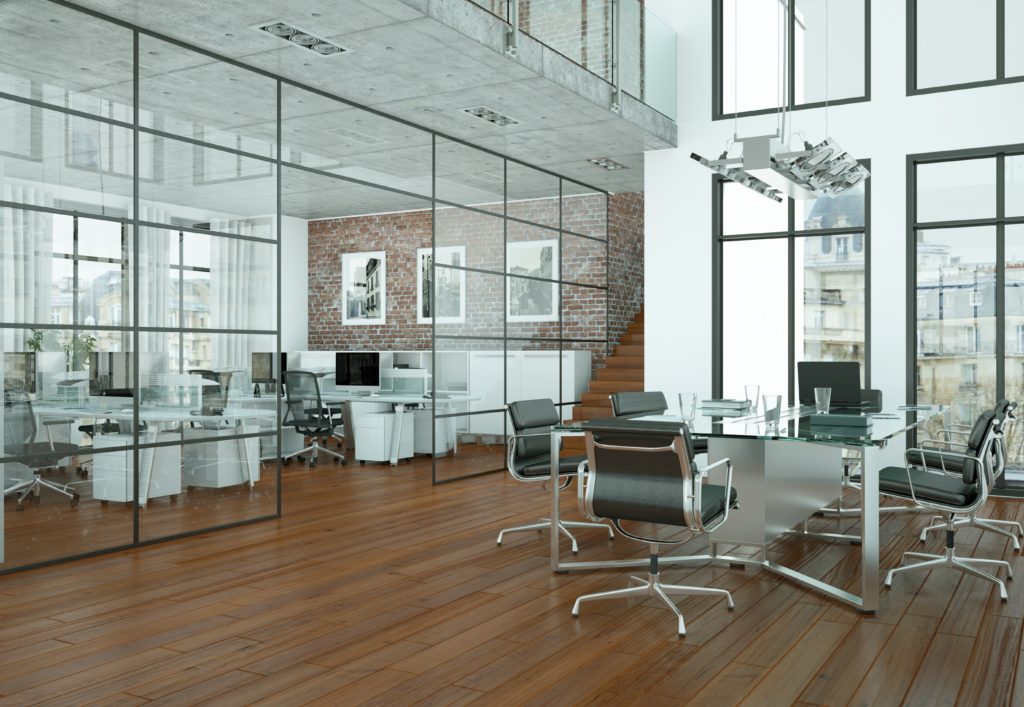 Offices have a long, storied past. It’s where great deals are made, and where world-changing inventions come to life. But how did we arrive at the modern office? And where are offices going in the future? Today, we’ll delve into the history of the modern office to see if we can uncover any secrets to this crucial piece of modern society. If you’d like to convert your office into a more efficient, comfortable, and professional space, then Indoff Office Furniture can help.
Offices have a long, storied past. It’s where great deals are made, and where world-changing inventions come to life. But how did we arrive at the modern office? And where are offices going in the future? Today, we’ll delve into the history of the modern office to see if we can uncover any secrets to this crucial piece of modern society. If you’d like to convert your office into a more efficient, comfortable, and professional space, then Indoff Office Furniture can help.
The Origins of the Office
Here’s a fun fact, did you know famed English author Geoffery Chaucer is credited as the first person to use the term “office” as a place where business transactions take place? This was way back in 1395, appearing in Chaucer’s The Canterbury Tales. Prior to this, the term was generally used when referring to a position that involved certain duties.
We can find the true birth of the modern office in the 18th century when the East India Company and other large-scale, complex organizations began to grow and take hold of the world. It was during this time that the first office spaces were being built. These buildings were built with the sole purpose of getting work done.
Productivity³
At the core of every office is the need for productivity to thrive. This need gave birth to the office cubicle. In 1964, office equipment company Herman Miller teamed up with industrial designer Robert Propst to create a concept of a “modern” office that would fight against the monotony of past office spaces, thus allowing for higher degrees of creativity to flourish. What they came up with was known as the “Action Office,” a precursor to the modern cubicle. Today, the cubicle is seen in a less-than-flattering light but its original intention was to create a private setting where employees could work without distraction, thus letting their creativity and productivity flow.
Japan in the 20th Century: Birthplace of the First Open Plan Offices
One the other side of the spectrum is the 20th-century Japanese office. Japanese offices pioneered what is known as an “open plan” which mostly relies on ergonomic decisions that aid in making employees as productive as can be. Unlike most American offices, Japanese offices have no walls dividing desks or cubicles; individual offices are also eschewed in this open floor plan. In order to ensure productivity, the office or group leader sits at a prominent position. From this spot, the leader can assign tasks and keep tabs on work as its completed.
Since this open-plan does away with walls, team members are able to speak freely with one another in case they require assistance or guidance. If this sounds like your current office layout, then you’re in good company! It wasn’t long before the open office plan pioneered by Japanese businesses began to crop up in other offices all across the world.
Working from Home
There are countless industries in this world of ours. As such, some industries may benefit greatly from open plans while others are actually more beneficial with cubicles or team spaces. It all depends on the particular industry. But with the advent of the internet and the turn of the century, offices actually evolved to become more personal. So much so, in fact, that many individuals have gone on to work from home.
Everyone, from architects and freelancers to therapists and photographers, has made the move to home offices. Although there is still a prestige that comes along with a physical office address, there’s unbridled freedom that comes from working at home. In fact, many modern companies have remote workers who live in different cities or countries. All this can be done thanks to the advancements in technology and internet connectivity.
Coworking Spaces Explained
Coworking spaces are an interesting development in the trajectory of office spaces. Sometimes, working from home just isn’t in the cards. Perhaps you don’t have an extra room to spare or your family is much too loud for you to properly speak with clients over the phone without interruptions. This is where coworking spaces can come in handy. Coworking spaces seamlessly combine the idea of open-plan offices with the premise of remote work. For low monthly rates, you can have your own desk in a modern, state-of-the-art office.
Coworking spaces are incredibly popular among freelancers, start-ups, and entrepreneurs so you’ll be in good company. In fact, that’s one of the main benefits of coworking spaces. Since like-minded individuals are all around you, you’ll be able to flourish in your own endeavors. Coworking spaces create a unique environment. You’re your own boss, but you’re not on your own. You can take time to speak with those around you and bounce ideas off one another and there won’t be a supervisor keeping tabs on your tasks. As such, creativity can flourish!
Finding the Right Furniture
Whether you’re planning on converting your spare bedroom into your home office or you’re ready to start renting a space for your startup, you need to make sure you have the right office furniture to guarantee productivity, comfort, and organization. This is where Indoff Office Furniture comes into play. We carry the best of the best in business and office furniture. Give us a call today to learn more about what we have to offer!

